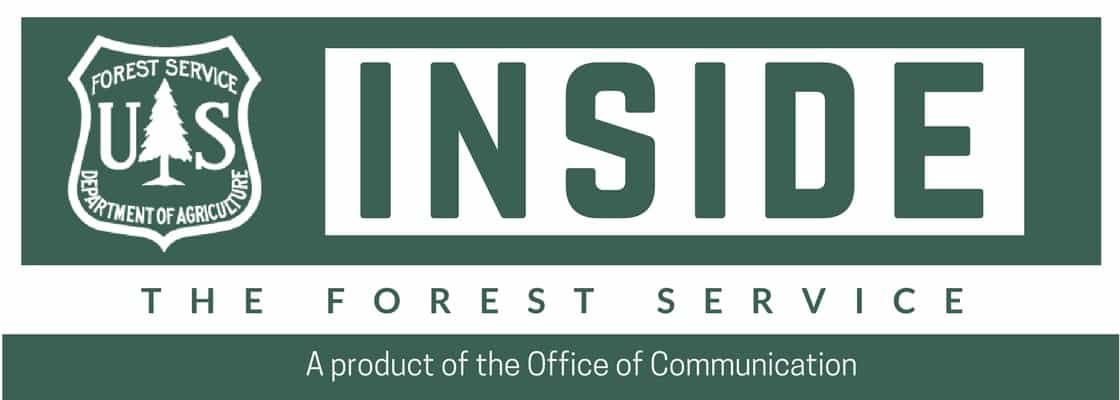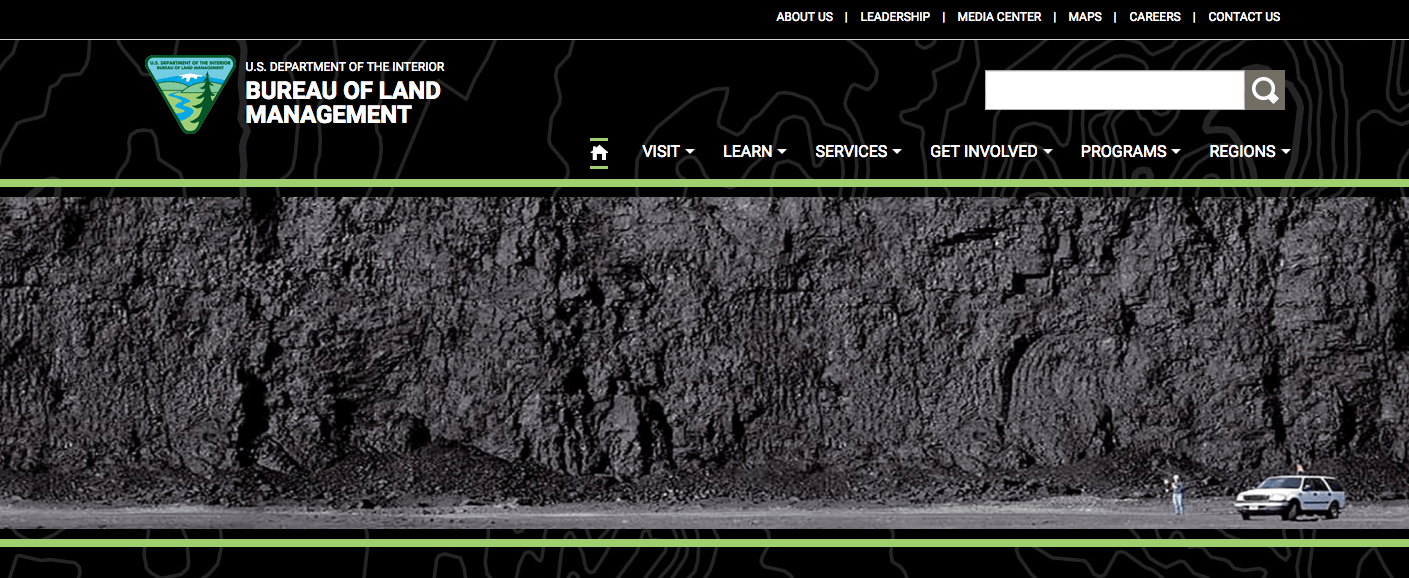
This piece was written by longtime Wilderness advocate Howie Wolke. – mk
When it comes to wilderness, bigger is better.
From a human perspective, it is difficult to experience wilderness values such as awe, oneness with nature, solitude and challenge in isolated natural areas hemmed in by roads or noisy machines. The authors of the Wilderness Act rightly understood that if folks accepted postage-stamp sized natural areas as “wilderness”, then our perception of wilderness would lose its unique distinction. And as the wilderness idea is cheapened, so too, is wilderness on the ground.
Conservation biologists teach us that large, wild areas with connectivity to other wildlands protect native species populations from inbreeding, random loss of adaptive genetic traits (common in small isolated populations), disease, and environmental events such as wildfire, flood or prolonged drought. Species with specific habitat needs such as old growth forest or undisturbed sagebrush steppe are particularly vulnerable to problems associated with small isolated habitats. So are large carnivores, which naturally occur in much lower densities than prey species, and thus are spread thinly across large areas. Many of these vulnerable creatures are called “wilderness dependent species” and small isolated wildland tracts do not promote their survival.
As human population growth continues to explode, wildlands are increasingly impacted by adjacent human activities. Logging, mining, road building, poaching, urban sprawl, off road vehicles, livestock grazing, fences, power corridors, dams and diversions and more all serve to isolate wilderness areas. When wilderness boundaries are amoeba-shaped with “cherry-stemmed’ exclusions, we create lots of edge compared with more secure interior habitat. Along the edges are where many destructive human activities occur. So not only is bigger better, but so are areas with holistic boundaries that minimize edge.
Unfortunately, many conservation organizations are beholden to foundations that demand “collaboration” with traditional wilderness opponents. These collaborations usually produce compromised “wilderness” proposals that exclude most potential conflict areas in order to mollify the opposition. Resulting wilderness units are small, isolated and oddly-shaped, laden with boundary intrusions and non-wilderness corridors that create much edge and minimal secure interior habitat.
Of course, our political system is based upon compromise, and compromise works when both sides have legitimate concerns and common goals. When it comes to wilderness, though, remember that nowadays each wilderness debate begins with an already greatly compromised remnant wildland. So further compromise creates the political illusion of “win/win”, but on the ground the land and the wildlife usually lose.
So, bigger is better. In North America, healthy populations of grizzly bear, wolverine, lynx and many other species thrive only where big wilderness is a dominant landscape feature. Healthy watersheds thrive only where entire watersheds are protected. And dynamic natural vegetation patterns can be maintained only in large protected landscapes. For example, maintaining natural wildfire patterns is incompatible with small nature preserves near suburbs or commercial timber stands.
Protecting and maintaining real wilderness won’t get easier. But unless conservation organizations develop a better understanding of what real wilderness is and the importance of size, connectivity and wholeness, it is unlikely that the very concept of wilderness will survive for many more generations. And I mean generations of four-leggeds and all members of the biotic community, in addition to the upright two-legged great apes that we call “human.”
Howie Wolke is a wilderness guide/outfitter based in Montana’s Paradise Valley and was recently president of Wilderness Watch.





